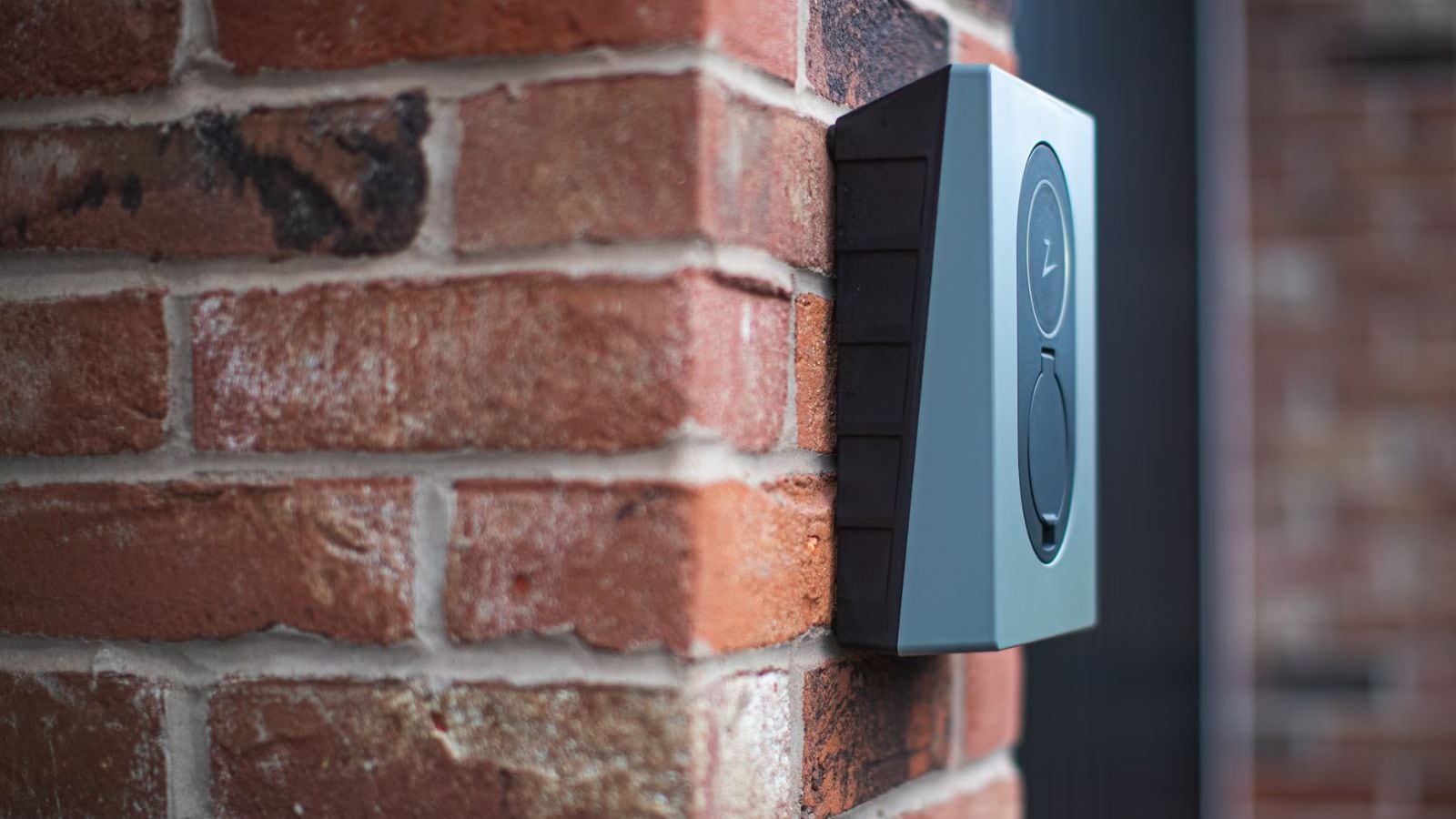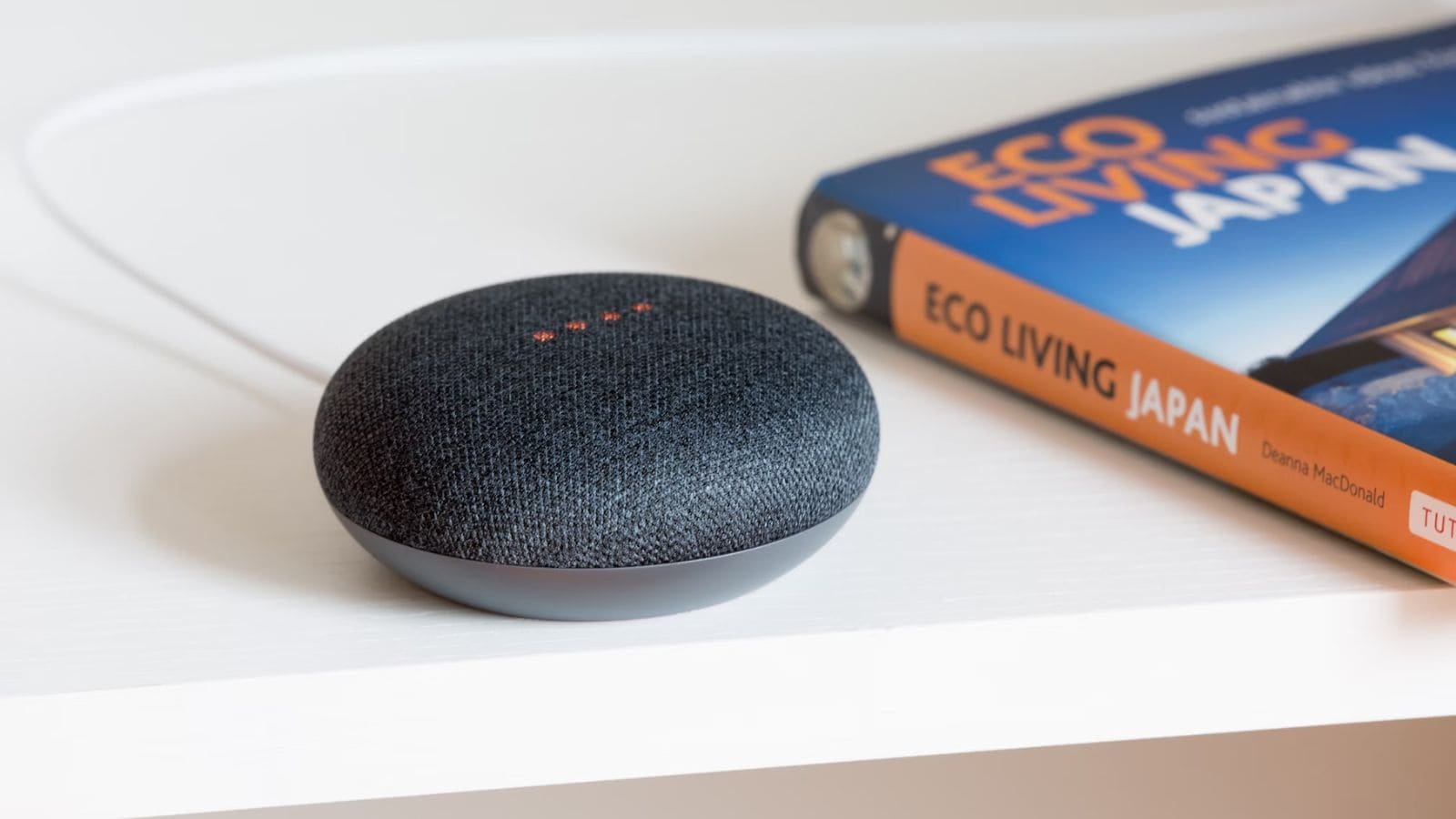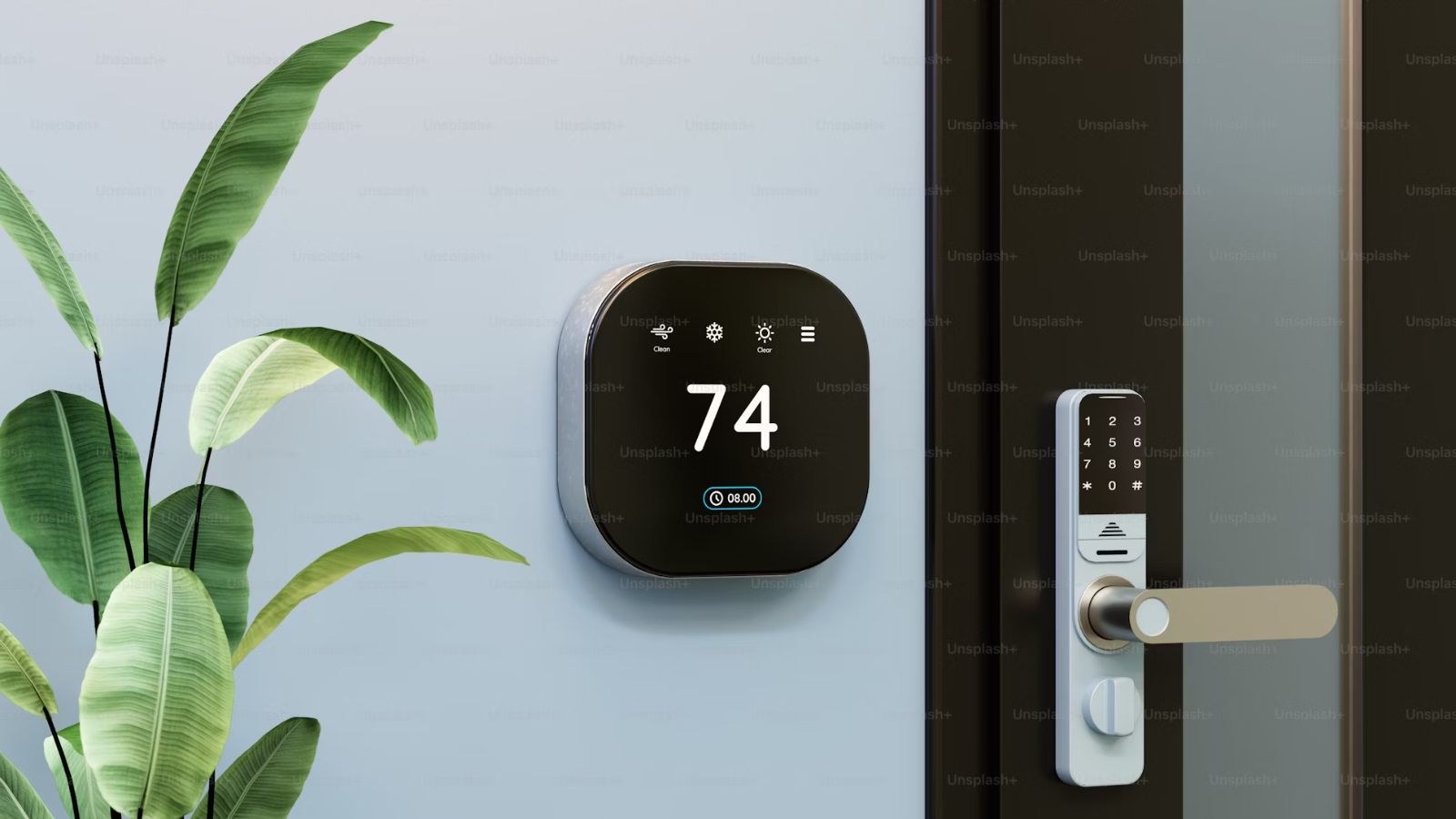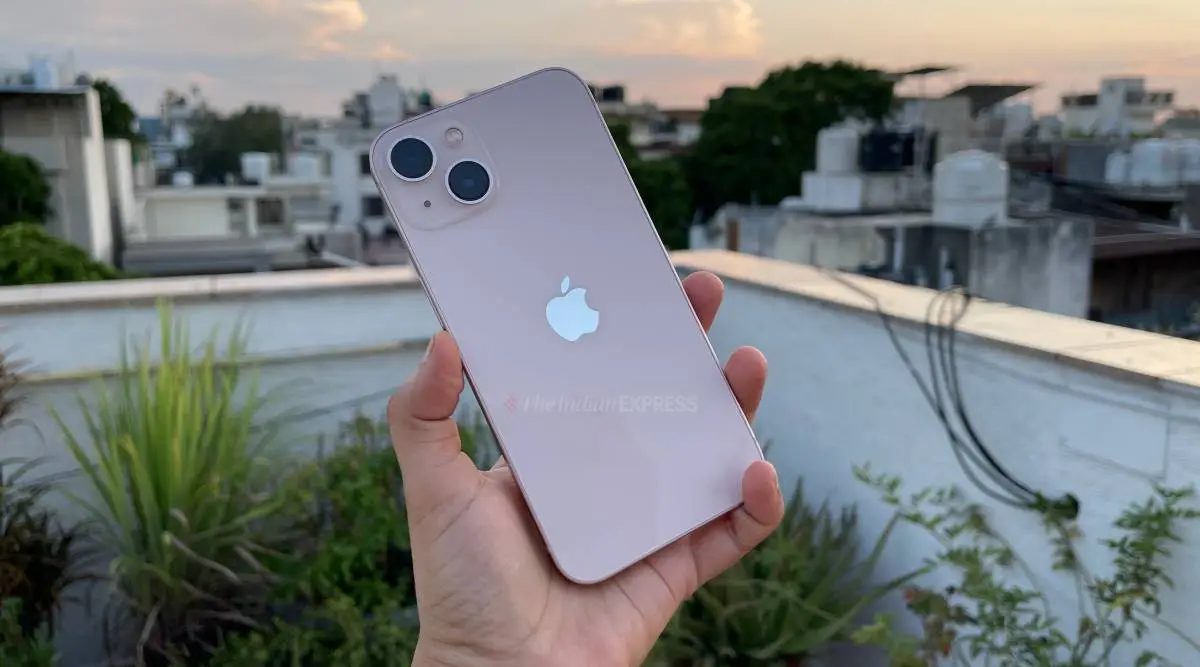Smart gadgets may improve the comfort and functionality of your home. But they could also compromise your privacy. Smart home devices collect personal data that can potentially be misused. Many people don’t realise how much information these devices collect and process.
A smart home device can be defined as a product that lets you control your home using a phone, tablet, or your own voice. These devices include smart lights, thermostats, security cameras, door locks, smart speakers, and more. A few popular brands in the smart home tech sector include Amazon (Alexa), Google Nest, and Philips Hue.
Sharing tips on how to use smart home devices can help users stay safe and protect their privacy. Here’s how to protect yourself.
Invest wisely
Choosing the best solutions for each category requires research, and it also means you shouldn’t cut costs and purchase poor gadgets at discounted costs. When it comes to security and privacy, low-cost solutions are sometimes the worst choice.
 Protect your smart devices with strong passwords, updates, and secure networks. (Image: Unsplash)
Protect your smart devices with strong passwords, updates, and secure networks. (Image: Unsplash)
Make sure everything is secure
Use strong and unique passwords: Avoid using common or repeated passwords across devices. Create long, complex pass-phrases with a mix of letters, numbers, and symbols. This makes it harder for hackers to guess your credentials and compromise your device.
Enable Two-Factor Authentication (2FA): Activate 2FA on devices that support it. It adds a second step (like a code sent to your phone) when logging in. This extra layer of security greatly reduces the risk of unauthorised access.
Keep your devices updated: Regularly check for software updates from the manufacturer. Updates often fix bugs and patch security vulnerabilities. Delaying the installation of updates can leave your devices exposed to hackers.
Story continues below this ad
Secure your Wi-Fi network: Your Wi-Fi is the entry point to all your smart home devices so make sure it is secure. Use a strong password and enable WPA2 or WPA3 encryption. Also, consider hiding your network name to avoid easy detection.
Independent networks: You can connect your smart devices to a separate network instead of your main one. It will still work fine, but won’t be on the same network as your phone or laptop. This helps keep your personal information safer, in case something goes wrong.
 Use strong passwords, keep your devices updated, and secure your Wi-Fi to protect smart gadgets.(Image: Unsplash)
Use strong passwords, keep your devices updated, and secure your Wi-Fi to protect smart gadgets.(Image: Unsplash)
Verify the settings
Always review the privacy and security settings of your smart devices and apps. Turn off any features that collect unnecessary data, like voice recording or location tracking. Adjust permissions to limit what information the device can access and share.
Secure physical conditions
Place smart devices like cameras and voice assistants in secure, private areas of your home. Avoid putting them near windows, doors, or spaces accessible to guests, where they can be tampered with. Physically securing your devices can help prevent unauthorised access.
Story continues below this ad
Remember that your phone or tablet serves as a portal to manage all of your smart home devices and features, so ensure that you also secure your smartphones to prevent linked smart home devices from being compromised. Always use a strong PIN or biometric system to protect these devices.
(This article has been curated by Disha Gupta, who is an intern with the Indian Express)
© IE Online Media Services Pvt Ltd







